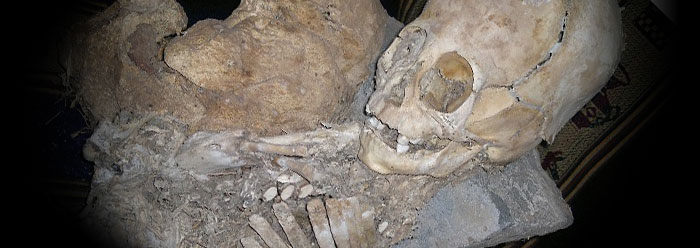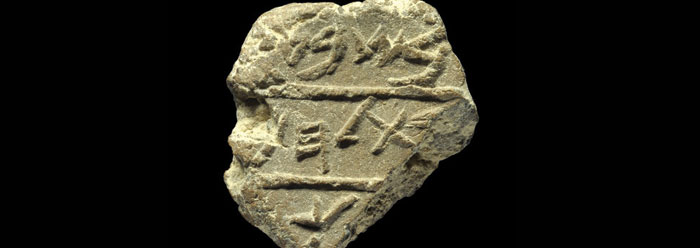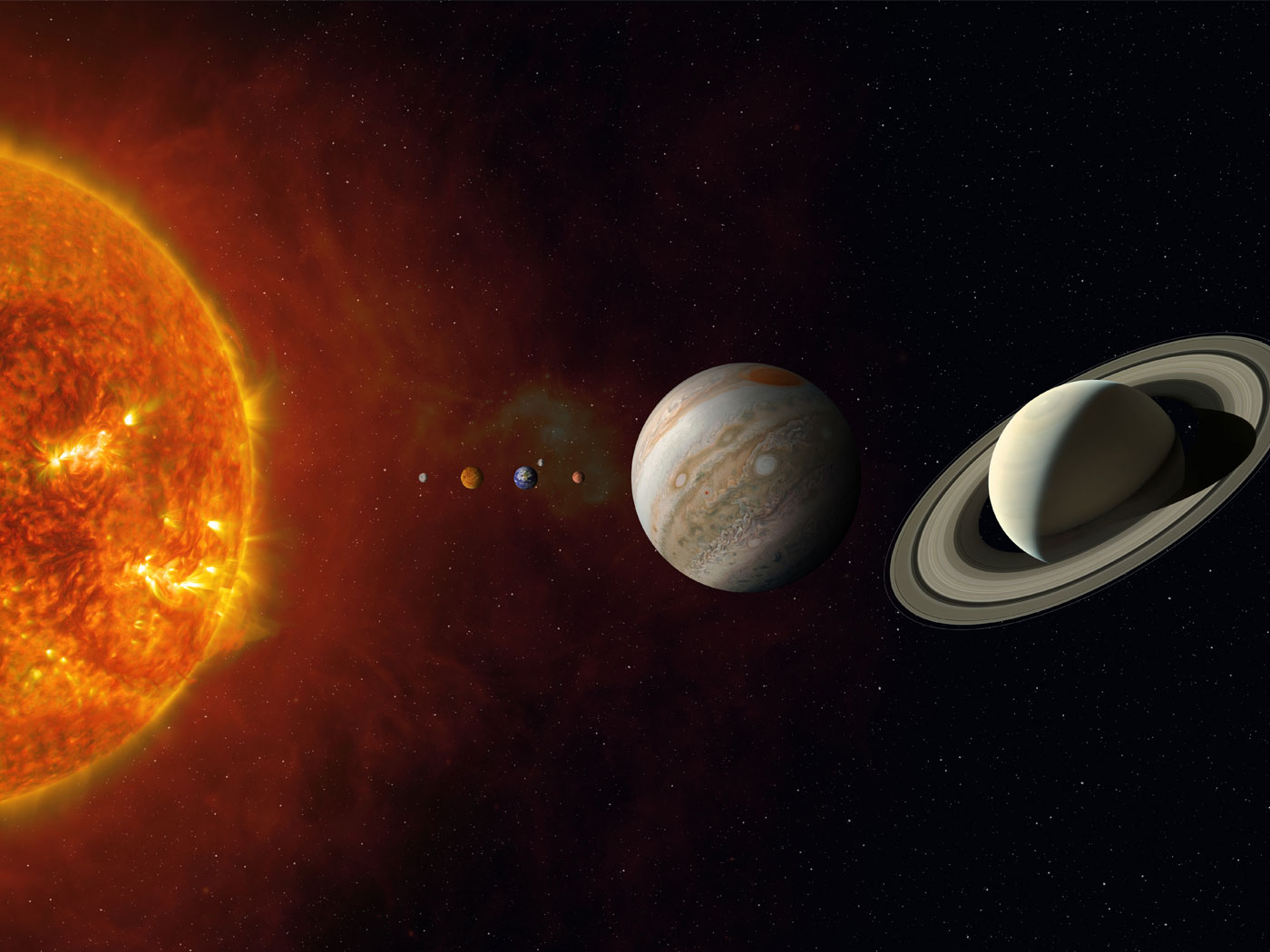Although dogs come in many sizes, scientists have found some specific genetic markers for small dogs. A recent survey of these markers across many wild and domesticated dogs seems to have provided some answers for when and where the smaller breeds developed. And what the researchers discovered comes as no surprise in light of biblical history.
In their study published in the online journal BMC Biology, four researchers led by UCLA’s Melissa Gray found that the same genetic markers for small dogs are found both in domesticated dogs and “in Middle Eastern gray wolves.”1 Since there are so many modern varieties among small domestic dogs, it is apparent that a wolf with small stature, containing a remarkable inherent potential for variety, was first removed from a larger wolf population thousands of years ago. Afterward, other traits―like snout size and coat texture―were expressed in different descendant breeds. Thus, it appears that early on in the history of domesticated dogs, small dogs were separated out.
“All small dogs possess these diagnostic mutations,” according to the researchers.2 They found that a mobile DNA sequence, called a SINE, had been inserted into a particular place in the genome of small dogs. They also found a characteristic single DNA base change nearby, amidst a growth factor gene. But insisting that either the SINE insert or the base change came about through “mutation” is not scientific, since its origin was not observed. Some single base changes are known to be the result of pre-designed genetic variation, not mutations. Likewise, mobile DNA elements like SINEs probably do not incorporate randomly. If they did, they would insert into vital genes and disrupt them, and this occurs only rarely. Instead, they appear to be parts of a pre-engineered system that generates certain varieties within an animal kind.3
The biological mechanisms that generate variation within the dog kind are not all mutational, but appear well-designed. For example, using only three different small but strategic genes, 80 different varieties of dog fur texture have been specified among various breeds.4 That appears to be the result of engineering, not undirected genetic change. It makes sense that the Creator would have outfitted creatures with these inherent capacities for variation so that they could fulfill His purpose for them to branch out, multiply, and fill various environments across the earth.
The researchers wrote that “domestic dogs have rapidly diversified in body size.”2 This conclusion is consistent with the shorter time spans given in the creation-Flood model, which holds that all of today’s dog breeds have diversified in only the few thousands of years since the Genesis Flood, not over the 10,000 or so years of random selection proposed by evolutionists.
It is now agreed that “wolves were the ancestors of dogs.”5 It seems there has been too much migration and interbreeding between dogs and wolves to genetically resolve the accurate location of the first large dog’s origins. However, there is no data from genetics or archaeology that precludes a Middle East origin for large dogs, too.
This study, like a recent analysis of apples,6 confirms the geography and the timing of the creation-Flood model, whereby all of today’s dog breeds began a relatively short time ago in the Middle East―the resting place of Noah’s Ark, according to Genesis 8:4.
References
- Viegas, J. Small Dogs Originated in the Middle East. Discovery News. Posted on news.discovery.com February 23, 2010, accessed February 25, 2010.
- Gray, M. M. et al. 2010. The IGF1 small dog haplotype is derived from Middle Eastern gray wolves. BioMed Central Biology. Posted on biomedcentral.com February 24, 2010, accessed February 26, 2010.
- Thomas, B. Evolution’s Best Argument Has Become Its Worst Nightmare. Acts & Facts. 39(3): 16-17.
- Thomas, B. Dog Coat Varieties Come from a ‘Surprisingly’ Elegant Program. ICR News. Posted on icr.org September 8, 2009, accessed February 26, 2010.
- Vilà, Carles et al. 1997. Multiple and Ancient Origins of the Domestic Dog. Science. 276 (5319): 1687-1689.
- Thomas, B. Where Did Apple Trees Come From? ICR News. Posted on icr.org, December 22, 2009, accessed February 26, 2010.
* Mr. Thomas is Science Writer at the Institute for Creation Research.
Article posted on March 9, 2010.

























